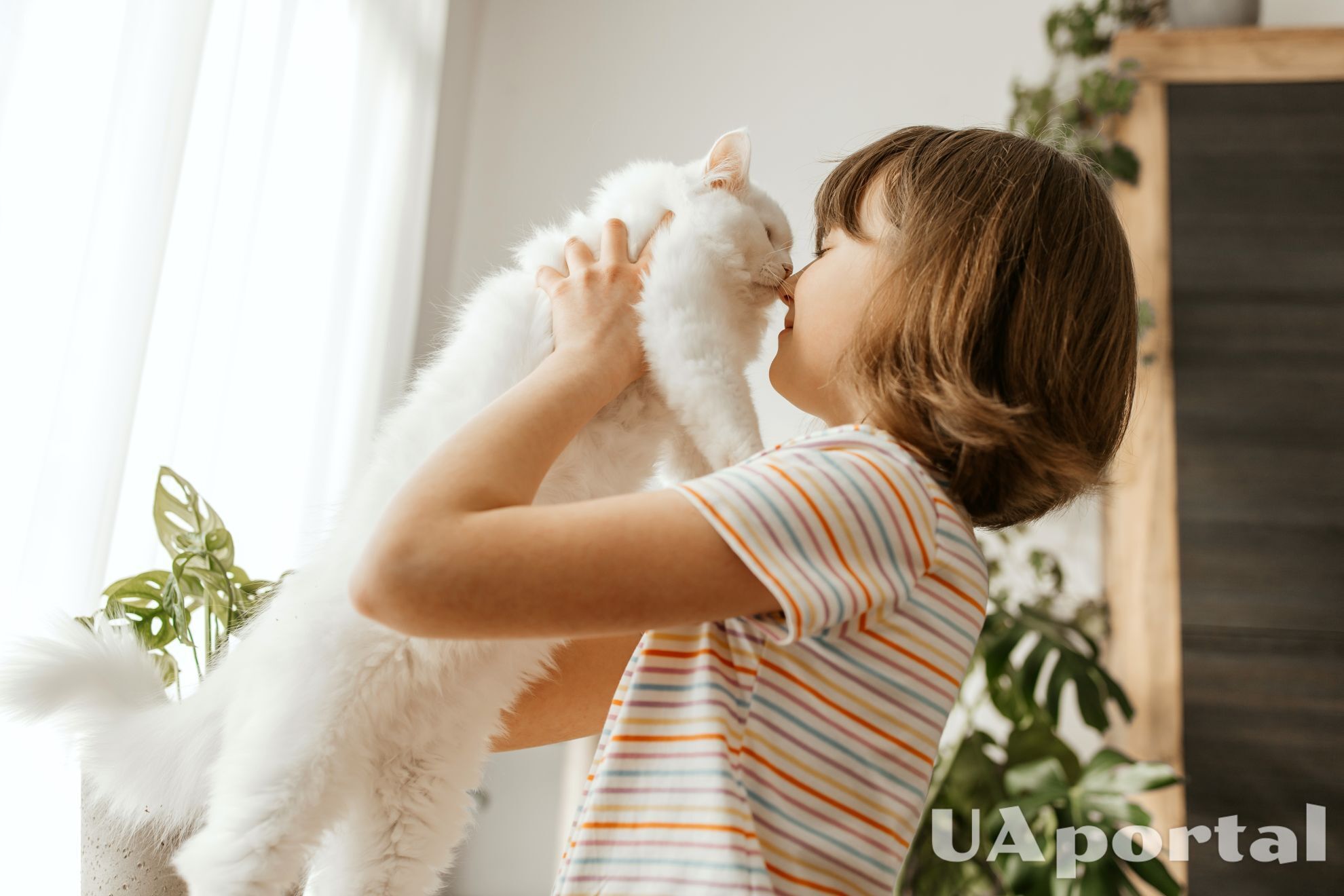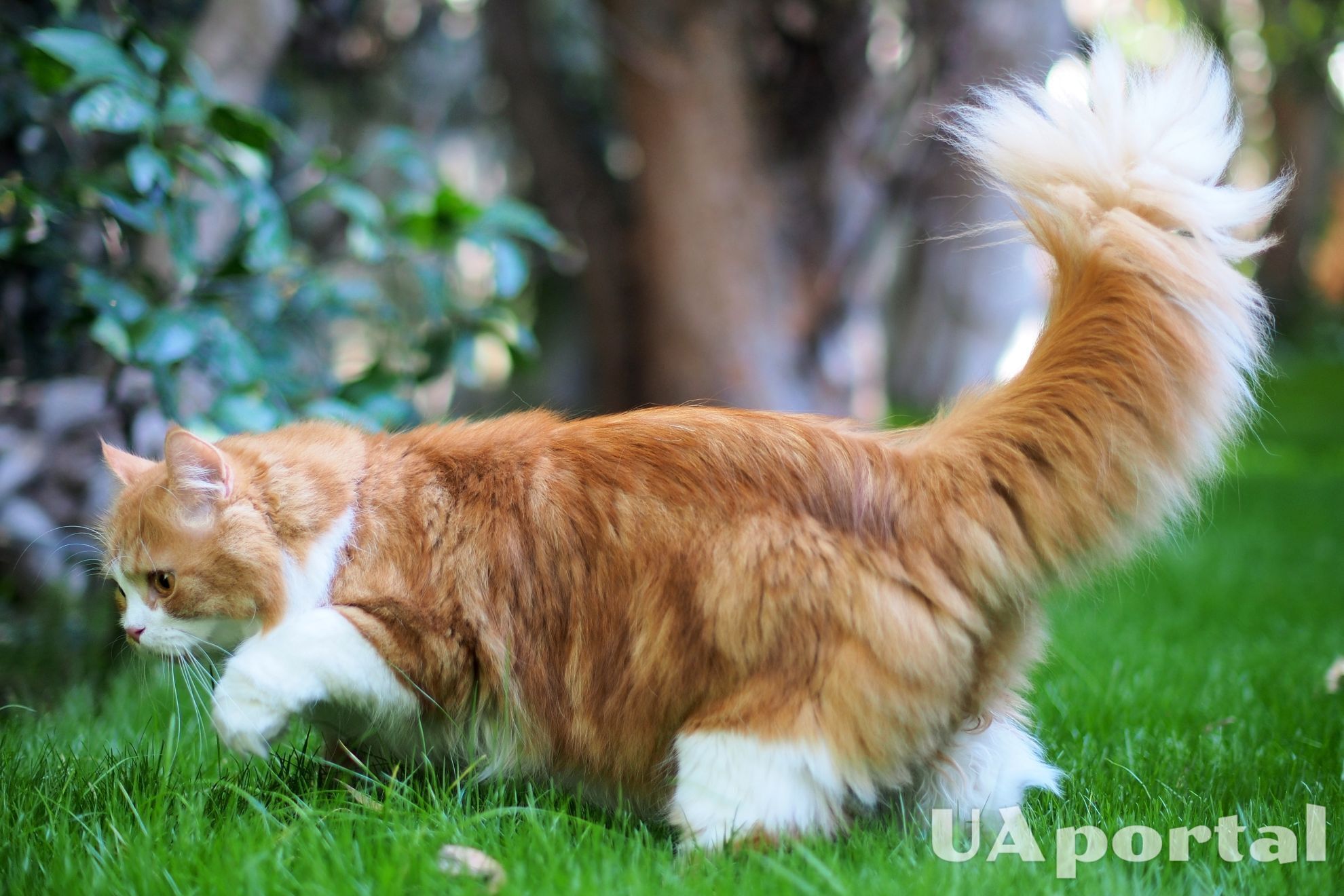Is your cat over 10 years old? How to care for an aging cat

As domestic cats age, they need additional care. Cats between the ages of 7 and 10 are considered mature animals, but their aging already begins at the cellular level.
After 12 years, cats begin to age, its signs become visible externally, so the quality of life may begin to change. Aging is different for every cat, just as it is for different people.
How to provide your aging pet with appropriate care, comfort, and health, says Oleksandr Aishpour, candidate of veterinary sciences, and expert in scientific communications of Royal Canin.
How old is your cat?
The American Association of Veterinary Clinics distinguishes the following age stages in the life of cats:
- up to 1 year, a pet is considered a kitten;
- up to 7 years, the animal is considered an adult;
- at the age of 7-10 years – mature age;
- at 11-14 years old, the cat is in the aging stage;
- after 15 years – geriatric age.
If the cat's age is converted to human years, then a 10-year-old cat will correspond to a 56-year-old person. Domestic cats often live up to 20 years, which is approximately 96 years in terms of human age.
If you notice changes in the cat's appearance and behavior with age, your companion may need special care – arranging the environment, changing the diet, additional veterinary care, etc.

Signs of cat aging
Signs of aging in cats can be individual, but there are common signs, including:
- The sense of smell, hearing and the ability to distinguish tastes weaken, because of this the appetite can change. If this is combined with gum or tooth disease, the cat may lose weight.
- A cat can also gain extra weight, which increases the load on the joints, heart, and kidneys, and negatively affects life expectancy. If you can feel the cat's ribs but cannot count them, or if you cannot feel the ribs at all, your cat is overweight and needs a special diet.
- The mobility of the joints may decrease, due to which the cat becomes less flexible and mobile. Due to reduced flexibility, it may be more difficult for a cat to groom itself.
- The condition of fur and skin worsens. It is also affected by the work of the sebaceous glands, which provide nourishment to the cat's skin.
- The cat's behavior may change: it may be less friendly or start making more noise. This happens due to sleep disturbances – sleep becomes less deep and can provoke a regime change.
- With age, the cat's immunity weakens, which exposes it to the risk of infections and diseases. Cats become more prone to diseases of the urinary and digestive systems, and cats with excess weight – to problems with the heart and blood vessels.
Arranging a space for an aging cat
Cats become less mobile as they age. They do not play so willingly, run less, and do not jump into their favorite places. This happens due to wear and tear of the joints, so the cat limits itself in movements. It becomes physically more difficult for him to jump, and sometimes even to stand for a long time.
How you can help him:
- Help your aging cat get to his favorite places. Arrange the steps to the hiding places where he likes to rest.
- Make his couch as comfortable as possible.
- Choose a toilet tray with a low side – it will be easier for the cat to enter and exit it.
- Provide the cat with easy access to bowls with clean water and food. If your cat lives indoors, place bowls on all floors to reduce strain on joints and avoid stress.
What should be the nutrition of an aging cat?
If the cat shows a decrease in appetite due to the deterioration of the sense of smell and taste, then you need to use food with a high palatability. It will also be useful to use mixed feeding – a combination of dry and wet feed (has a high taste appeal).

Also, wet feed can be slightly heated before feeding to 35-40 degrees, which will strengthen its smell and improve its taste appeal.
If the cat had dental or gum disease and it is difficult for him to consume dry food, then in this case, you need to use wet food.
If, on the other hand, your cat is overweight, it can expose him to additional health risks. There are special diets that take into account the specific needs of overweight animals – consult with your veterinarian and select food and portions that will help your cat reduce weight and risk of disease.
To ensure health and slow down the aging process, the cat should be provided with specific nutrients in its diet. For example, glucosamine, chondroitin, and polyunsaturated fatty acids such as eicosapentaenoic and docosahexaenoic acids (EPA/DHA), along with green-lipped mussel extract, help maintain joint mobility in aging cats.
Healthy digestion can be maintained through carefully balanced diets and the right balance of nutrients. Highly digestible proteins help support digestion in aging cats, and beet pulp contains prebiotics to help support gut microflora. Omega-3 fatty acids (EPA/DHA) also help maintain healthy digestion.
Aging cats often have problems with chronic kidney disease and urinary tract disorders. Reducing the phosphorus content in a cat's diet can slow down the development of these diseases.
Moist feeds or those that increase water intake are also helpful, helping to reduce the risk of urinary tract crystals and stones.
Aging animals produce more free radicals. Antioxidants such as vitamin C, and E and the amino acid taurine (essential for cats) are needed to combat them.
There are five main nutritional requirements for an aging cat: high digestibility, complete nutrition, balance, and maintenance of health, and slowing down the aging process. Your veterinarian will give you recommendations on choosing the optimal food for your cat according to its age and health.
Cat activity and care
To maintain weight and sleep patterns, a cat needs physical activity during the day. Encourage him to play with his favorite toy is the easiest way to keep him moving. In addition, a cat that has sufficient physical activity will sleep better.
Be sure to brush the cat with a brush – this will help ensure the health of its skin and coat. Aging cats become less flexible and more difficult to lick, so extra coat care will help maintain health.
If your cat is over 10 years old, it is worth visiting a veterinarian once every 6 months – this will help diagnose diseases in the early stages and maintain the cat's health.
When should you pay extra attention to your cat's health?
Sometimes signs of aging can signal deeper health problems. Cats tend to hide their illnesses by restricting their movements or actions. That is why you need to notice any minor changes in the cat's behavior – for example, a bad mood, or reluctance to eat or jump to a favorite place. At the first signs, you should contact a veterinarian to provide the cat with the best care.
Among the symptoms that may indicate the disease:
- loss of appetite or weight;
- frequent urination or thirst;
- stiffness in movements, difficulty in lifting;
- unusual behavior, anxiety, and disorientation of the cat.
So, if your cat is over 10 years old and you start to notice changes in its appearance and behavior, you should take extra care of it. Arrange a comfortable environment for the cat, take care of the cat's diet depending on its needs and changes in weight, ensure the activity of the animal, and age-appropriate care.
Observe the cat's behavior and, in case of alarming changes, be sure to consult a veterinarian. Remember that your aging companion needs to visit the doctor every 6 months or at the first signs and changes in behavior. Timely diagnosis will help maintain the cat's health throughout its life.
If you want to receive the latest news about the war and events in Ukraine, subscribe to our Telegram channel!
